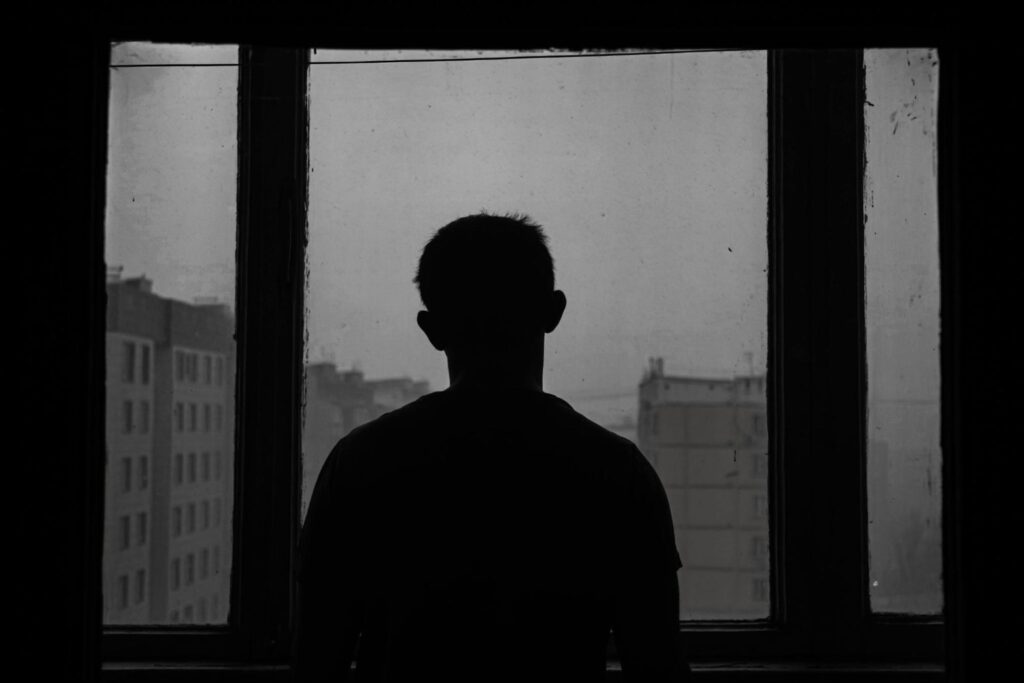
As we roll into the fall and winter months, it’s common for people to feel inclined to stay inside. While the transition between seasons may not affect some people, a significant percentage experience seasonal affective disorder (SAD).
According to Medline Plus, 0.5 to 3 percent of individuals in the general population are affected; among those, 10 to 20 percent suffer from major depressive disorders, with roughly 25 percent of those experiencing bipolar disorder.
It’s essential for people to understand the symptoms associated with seasonal depression to help themselves or others. This form of depression typically begins and ends at the same time every year, making it easy to track. In this article, we will inform people of the condition itself and actions someone can take to treat their ailment.
What is Seasonal Depression?
SAD, also referred to as the “winter blues,” is a form of depression triggered by seasonal changes, specifically during the fall and winter months. It is primarily due to the lack of sunlight a person receives due to the approaching winter solstice. Experiencing SAD in the spring and summer months is less likely, but still possible.
Symptoms
According to Mayo Clinic, these symptoms are most commonly associated with SAD:
- Feeling listless, sad, or down most of the day, nearly every day
- Losing interest in activities you once enjoyed
- Having low energy and feeling sluggish
- Excessive or constant need for sleep
- Carbohydrate cravings, overeating, and weight gain
- Difficulty concentrating
- Feeling hopeless, worthless or guilty
- Thoughts of not wanting to live
How Does a Lack of Sunlight Amplify a Person’s Depression?
Sunlight is an essential source of Vitamin D that the body needs to function correctly. However, that isn’t the sun’s only purpose; “sunny disposition” is more than just an expression. Researchers have found that sunlight aids the brain in releasing high serotonin levels. This chemical boosts a person’s mood and helps them stay calm and focused.
On the contrary, the brain produces melatonin that coerces the body to sleep when it is darker. Therefore, during the lack of sunlight during the winter months, the brain produces less serotonin—ultimately affecting mood, sleep, and appetite.
Winter Solstice, December 21st
The winter solstice is known as the shortest day of the year. This can dramatically affect those with SAD due to this annual peak of minimal light.. High melatonin levels are more likely to appear as most of the day will be left in the dark, causing people to feel more inclined to stay in bed. This chemically-induced isolation is more likely to cause a person’s SAD symptoms to increase.
Treatment Options
There are several treatment options to use to help with SAD. Here are just a few to consider when recognizing the symptoms:
Physical Exercise
Exercising a minimum of three to five times a week for 30 minutes can tremendously help a person’s mental health. Exercising releases feel-good endorphins that regulate a person’s mood and anxiety while increasing self-esteem and cognitive functions.
Chronotherapy
In reference to a research article on PubMed, chronotherapy is a behavioral process that aims to restore a proper circadian pattern of a sleep-wake cycle. It assesses these patterns through adequate timed light exposure, sleep hygiene, and chronobiotic medications (melatonin).
Important Note: Chronotherapy is a licensed practice, so before deciding if this is for you, consult your healthcare provider before proceeding.
Light Therapy
Light therapy utilizes a bright light box to mimic sunlight. It is thought that mimicry would help boost a person’s serotonin levels to help with SAD.
Generally, a light box should:
- Provide 10,000 lux of light
- Produce as little UV light as possible
Mayo Clinic gives recommendations on when to use a lightbox:
- Within the first hour of waking up in the morning
- For about 20 to 30 minutes
- About 16 to 24 inches (41 to 61 centimeters) from your face, but follow the manufacturer’s instructions about distance
- With eyes open but not looking directly at the light
Medication
Medication isn’t for everyone. Always consult your doctor if you’re thinking of taking any medication. Specific prescriptions affect people differently, so it may take a while to find the one that works best for you. It might be frustrating initially, but learning about what may help is the best way to receive internal gratification.
Don’t Be Afraid to Seek Help
If you ever feel you need to talk to someone, don’t hesitate to seek help. There is an abundance of resources online available 24/7 to help you, even if it’s just to talk. There is no problem too small that it isn’t worth getting guidance from someone. Mental health is a crucial topic and should never be swept under the rug. Even if you are in a position where you know someone is struggling with depression, it is beneficial for you to reach out. Knowing someone is there is enough. Our office is always available to be a listening ear.
Important Note: If you or someone you know is a danger to themselves or others, call 911.
Here is a list of resources to reference if you ever need to talk to someone:
- 988 Suicide and Crisis Lifeline – Dial 988 (Available 24/7)
Crisis Text Line – Text 741741 (Provides free, 24/7, confidential support via text message)
